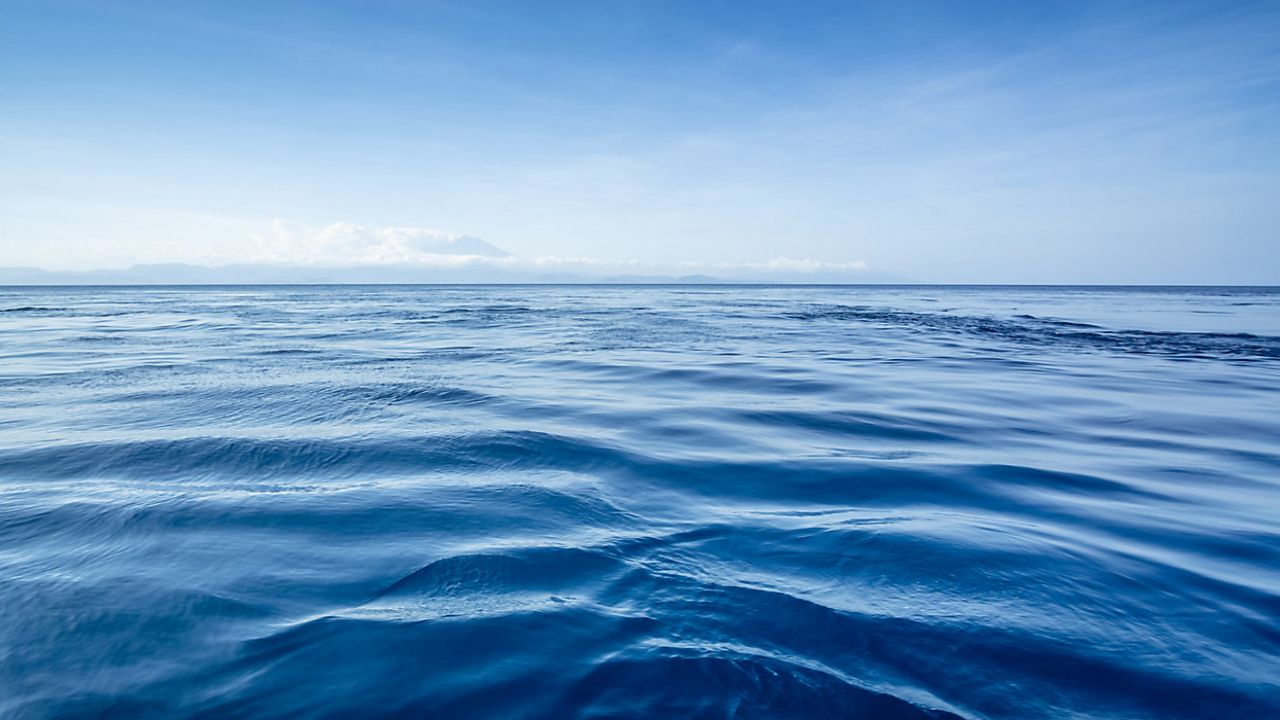You hear us throw the terms “La Niña” and “El Niño” around all the time, and they might be a little confusing to learn.
But now, we can watch the transition between the two for a better understanding.
La Niña and El Niño are opposite phases of the El Niño-Southern Oscillation cycle.
According to the National Oceanic and Atmospheric Administration (NOAA), these cycles describe the fluctuation in temperature between the ocean and atmosphere in the east-central Equatorial Pacific.
La Niña brings sea surface temperatures that are below-average in the east-central Equatorial Pacific, and El Niño brings above average temperatures.
They both can affect weather across the country and in the tropics.
Now that we are transitioning to El Niño, watch what it looks like as the ocean temperatures change from cold to warm from December 2022 to May 2023.

El Niño can decrease tropical activity in the Atlantic, but warm ocean temperatures could counteract that. Prepare your house and family now, as it only takes one storm to make it a bad season.
Our team of meteorologists dives deep into the science of weather and breaks down timely weather data and information. To view more weather and climate stories, check out our weather blogs section.
Shelly Lindblade - Weather Producer
Shelly Lindblade is a weather producer for Spectrum News. She graduated from Florida State University with a Bachelor's of Science in Meteorology and started her career in front of the camera as a broadcast meteorologist. After 4 years of TV broadcasting, she now loves updating the public on the latest weather news from behind the scenes.









